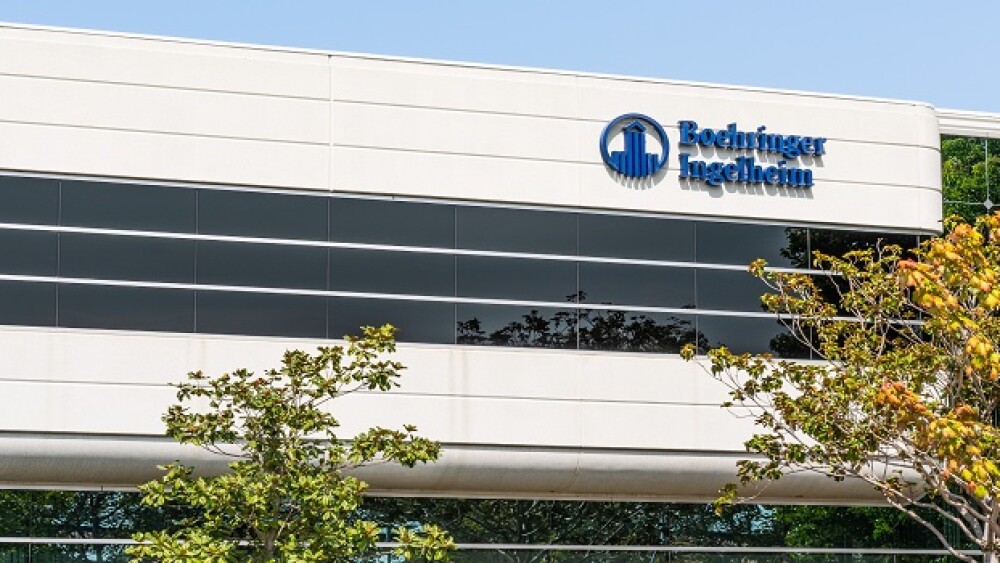With pending regulatory approval for its topical pain medication for the eye, analysts are taking a fond look at Kala Pharmaceuticals.
With pending regulatory approval for its topical pain medication for the eye, analysts are taking a fond look at Kala Pharmaceuticals.
On Wednesday, Kala submitted a New Drug Application to the U.S. Food and Drug Administration for Inveltys, a topical inflammation and pain treatment for patients who have undergone ocular surgery. The drug uses Kala’s proprietary Mucus Penetrating Particle (MPP) technology to enhance drug penetration and distribution in ocular tissues. In two Phase III trials, Inveltys demonstrated statistically significant resolution of both inflammation and pain in patients who had cataracts surgery.
Inveltys, the trade name for KPI-121 1.0%, is a novel nanoparticle formulation of loteprednol etabonate that uses the company’s MPP technology to enhance penetration into target tissues of the eye. In addition to pain and inflammation, Kala is studying Inveltys as a treatment for acute dry eye syndrome as well. Top line data for that study is expected later this year. If successful, that could see Inveltys used as a treatment alongside Allergan’s Restasis and Shire’s Xiidra in the dry eye space.
The strength of its NDA and the potential growth of the company makes Kala Pharmaceuticals a “hidden gem” for analyst Richard Marzouka. Writing in Seeking Alpha, Marzouka said Kala, which had a recent IPO, is “near a critical catalyst that will break the stock higher.” He said the company’s pipeline is undervalued and called the stock a “buy” that can “reap hidden rewards.”
Shares of Kala are up less than 2 percent this morning, trading at $15.66 as of 11:26 a.m. The stock is slightly down from its debut price of $18.49 and down from its Sept. 14 high of $26.43 per share. Not only does Marzouka call Kala a “buy” but he points to other recommendations that call the stock a “strong buy” as well. Marzouka predicts the stock could climb to as high as $30 per share within four months. In September, it came close to that.
In his analysis Marzouka points to Valeant’s Lotemax (loteprednol etabonate), which is often prescribed for treatment of pain and inflammation following eye surgery. In 2016 Lotemax generated $129 million for Valeant, the parent company of Bausch and Lomb. Lotemax’s revenue stream is predicted to drop due to loss of patents, Marzouka said. That leaves the door open for Kala if Inveltys is approved by the FDA. Marzouka said Inveltys is expected to outperform Lotemax. Marzouka said the Phase III readouts of Inveltys against placebo. In typical use of corticosteroids following surgery, which is the typical standard of care, the drug is used four times per day, Kala said when it announced its NDA. Inveltys is only dosed twice per day, which is easier on patients, the company said.
According to data from Marketscope ocular surgeries are predicted to grow from 2.7 million in 2016 to 9.4 million by 2021. More than half of those surgeries are cataract surgeries.





